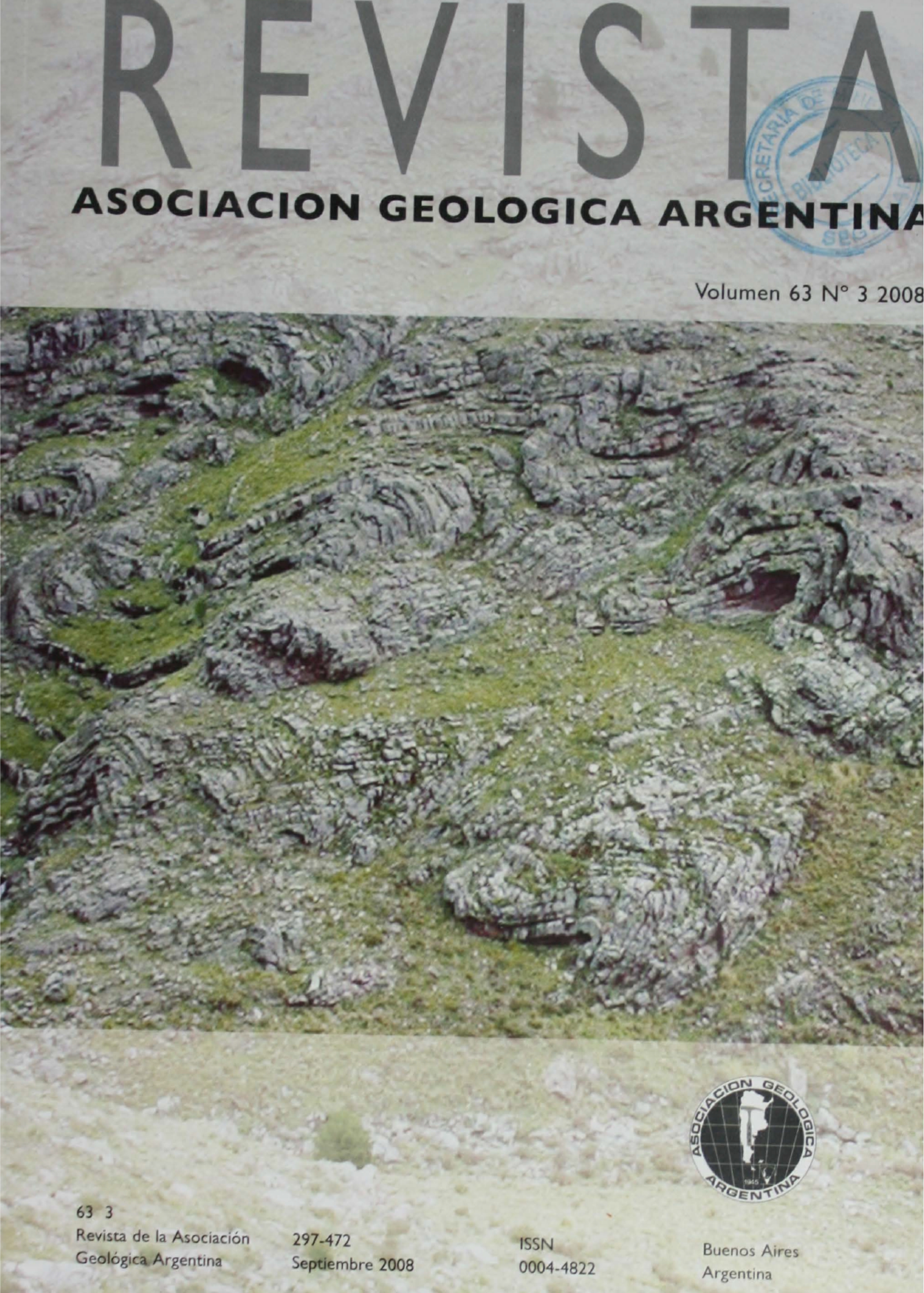Early Cretaceous subaqueous sediment gravity flow deposits in the active margin of the Neuquén Basin
Main Article Content
Abstract
During the Late Jurassic and the Early Cretaceous the Neuquén Basin was a restricted gulf-like trough partially isolated from the proto-Pacific Ocean by the geographic barrier of the Andean magmatic arc. Following an early Tithonian major (2nd order) transgressive event, black shales and marls deposited almost continuously in the deepest part of the "Neuquén Sea" for about 15 My (Middle Tithonian-early Valanginian). The western sea-floor geometry of the Tithonian-early Valanginian sea is virtually unknown because its shelf to shallow-marine deposits were heavily removed during the growth and tectonic uplift of the Andean arc during the Late Cretaceous and Cainozoic. However, sediment gravity-flow deposits were recognized in two stratigraphic locations (Rahueco and Huncal) along the westernmost outcrops of the fold and thrust belt of the Neuquén Basin. The upper Berriasian-lower Valanginian Rahueco system comprises a 90 m-thick succession developed upon a thick package of anoxic shales and marls, and limited on top by the intra-Valanginian unconformity. It mainly consists of massive mudrocks with interbedded thin and fine-grained turbiditic sandstones. Seven coarser-grained upward coarsening units interpreted as turbiditic lobes are intercalated within the fine-grained deposits of Rahueco. Palaeocurrents measured from sole marks show a main transport direction to the east and north. The lower Berriassian Huncal system comprises a 15 to 25 m interval composed of sandy turbidites located within a thick black shale and marl succession. The whole interval is involved in a slump fold system accompanied by low- to moderate-angle shear zones, and showing a persistent orientation of syndepositional deformation structures to the east. The turbiditic succession of Rahueco and the slump fold system of Huncal offer the first depositional arguments to reconstruct the western, tectonically active, margin of the Neuquén Basin for Berriasian and early Valanginian times. Unlike the cratonic/passive margins of the basin, characterised by a gently dipping sea-floor profile, its active arc-related flank had a well developed talus slope and enough sediment supply to promote deep marine turbidite deposition
Article Details

This work is licensed under a Creative Commons Attribution-NonCommercial 4.0 International License.
Nota de copyright
Los autores conservan los derechos de autor y garantizan a la revista el derecho de ser la primera publicación del trabajo licenciado según una licencia de atribución Creative Commons que permite a otros compartir el trabajo con el reconocimiento de la autoría y de la publicación en la que se publicó por primera vez.
Declaración de privacidad
Los nombres y direcciones de correo electrónico introducidos en esta revista se usarán exclusivamente para los fines declarados por esta revista y no estarán disponibles para ningún otro propósito u otra persona.

